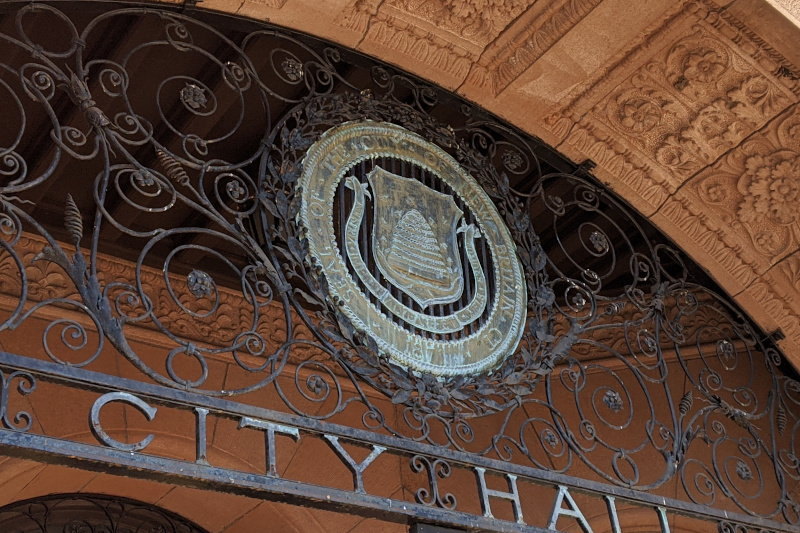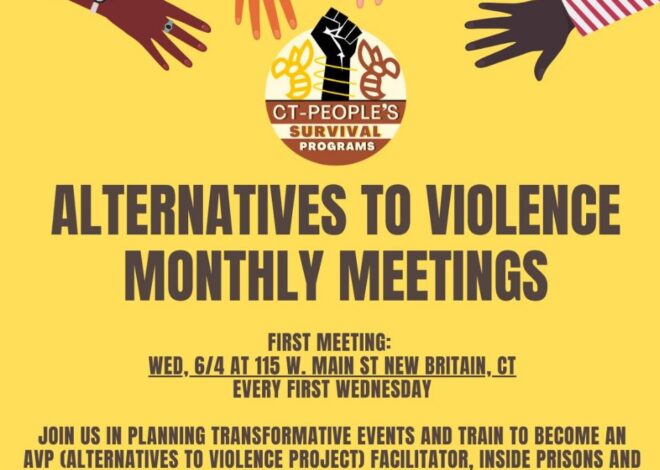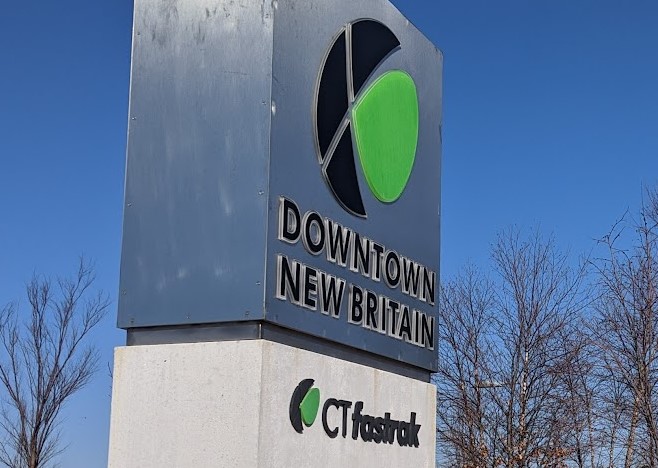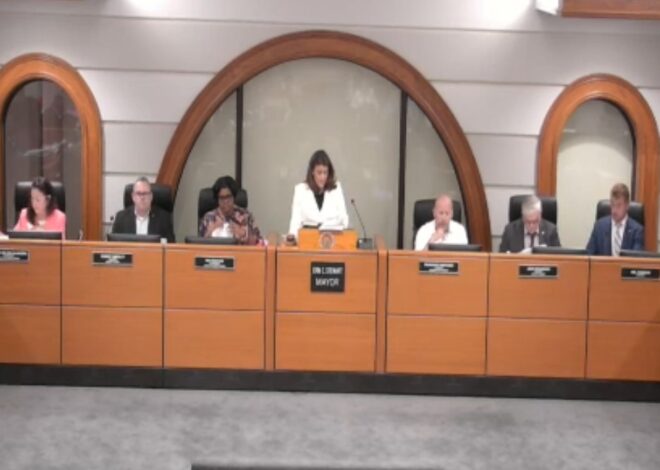The city Charter Revision Commission began a discussion on March 22, 2022 on possible changes in Council representation.
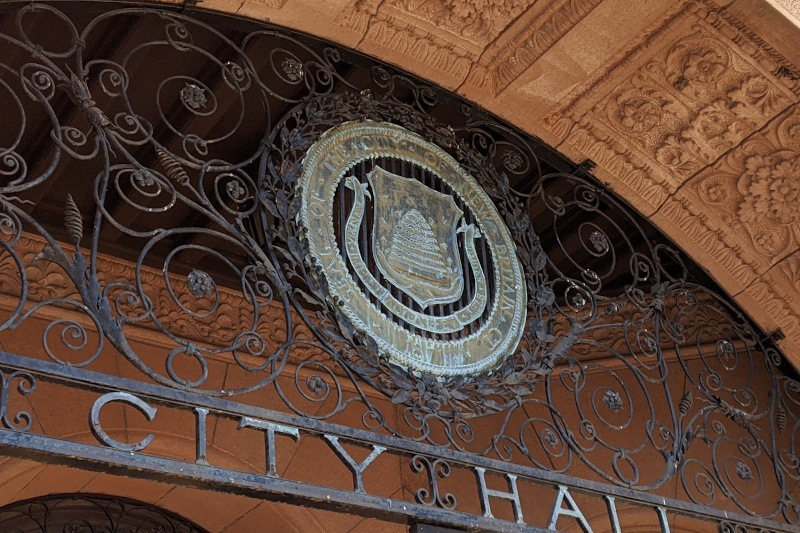
The City Council created the Commission in January, initiating a process by which the city might make changes to its governing document, called the City Charter.
Currently, the Council consists of fifteen members, ten of which are elected, two each from five districts, commonly called “wards”. Five additional Council members are elected “at-large”, citywide.
The Council charged the Commission with considering changing, “the Common Council election provisions to a ward system with a minority party representation requirement in each ward as provided in Section 9-167a of the Connecticut General Statutes.”
Minority party representation, referring to political parties, involves an election system in which no one party is able to be elected to all of the seats up for election.
Various concepts were considered by the Commission at its meeting, as well as by a number of current and former Council members and candidates who attended the meeting.
Some of those present favored the current system, or with a modification that would make it so that no party could hold more than three of the five at-large seats. Commission member Daniel Salerno said he favored eliminating the neighborhood representation system altogether, making all fifteen members of the Council elected at-large, while another idea was offered to reduce the number of Council districts from five to three, both of which could be challenged in court under the federal Voting Rights Act.
But Commission Chair Sharon Beloin-Saavedra said that she does not favor an all-at-large system of Council elections, expressing concerns about how such a system results in overrepresentation of some parts of the city over others. Beloin-Saavedra advocated for ensuring diverse representation on the Council.
Beloin-Saavedra offered a proposal under which the five Council wards would each elect three Council members, with a maximum of two from any one party. No Council members would be elected at-large.
Under such a system, voters would cast votes for up to two Council candidates to represent their district, and the three candidates with the highest number of votes would be elected. If the two major parties run slates of two candidates in each ward, the effect could be that each ward would be represented by two Council members from one party and one from the other.
A number of those in attendance at the Commission meeting said that they favored the proposal offered by Beloin-Saavedra. A number of Commission members expressed openness to the concept, as well, but the Commission took no vote on a proposal at the meeting.
Beloin-Saavedra said that the Commission plans to take up discussion of the Council election system and other possible Charter changes under consideration at upcoming meetings. Beloin-Saavedra said that the Commission’s plan is to vote on a recommendation to the Council on May 10th.
Charter revision commissions are required under state law to hold at least two public hearings, “one prior to the beginning of any substantive work,” which the Commission has already held, and, “one after the draft report to the appointing authority has been completed, but not submitted, after which hearings the commission may amend such report.”
After receiving the Commission’s proposals, the Council would then be required to hold at least one public hearing on those recommendations. After that, the Council may make recommendations for changes to the proposals or accept the Commission’s report as final. If the Council proposes changes, the Commission considers whether to accept them and then submits its final report.
Then the Council considers the proposed Charter changes for a final up or down vote, with a majority of the total membership of the Council, eight of the fifteen, needed to approve the changes.
If the Council approves of any such Charter amendments, they then place any proposed amendments on the ballot in a referendum, at which time the city’s voters would have the chance to accept them or vote them down.

